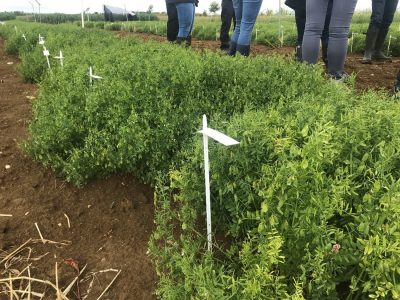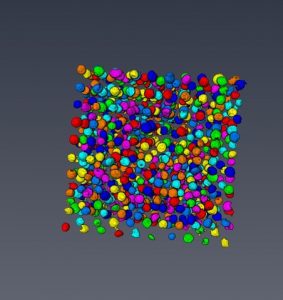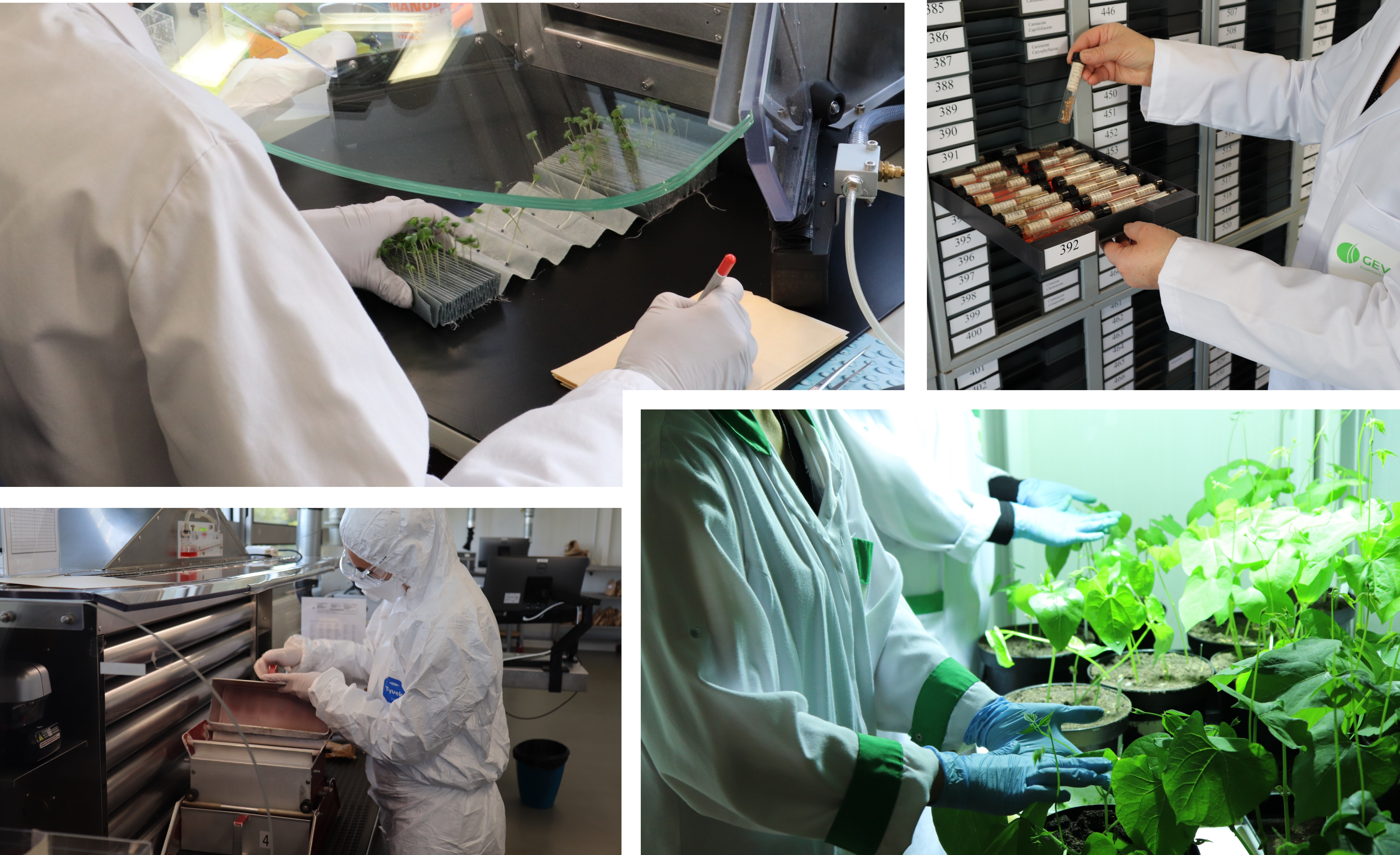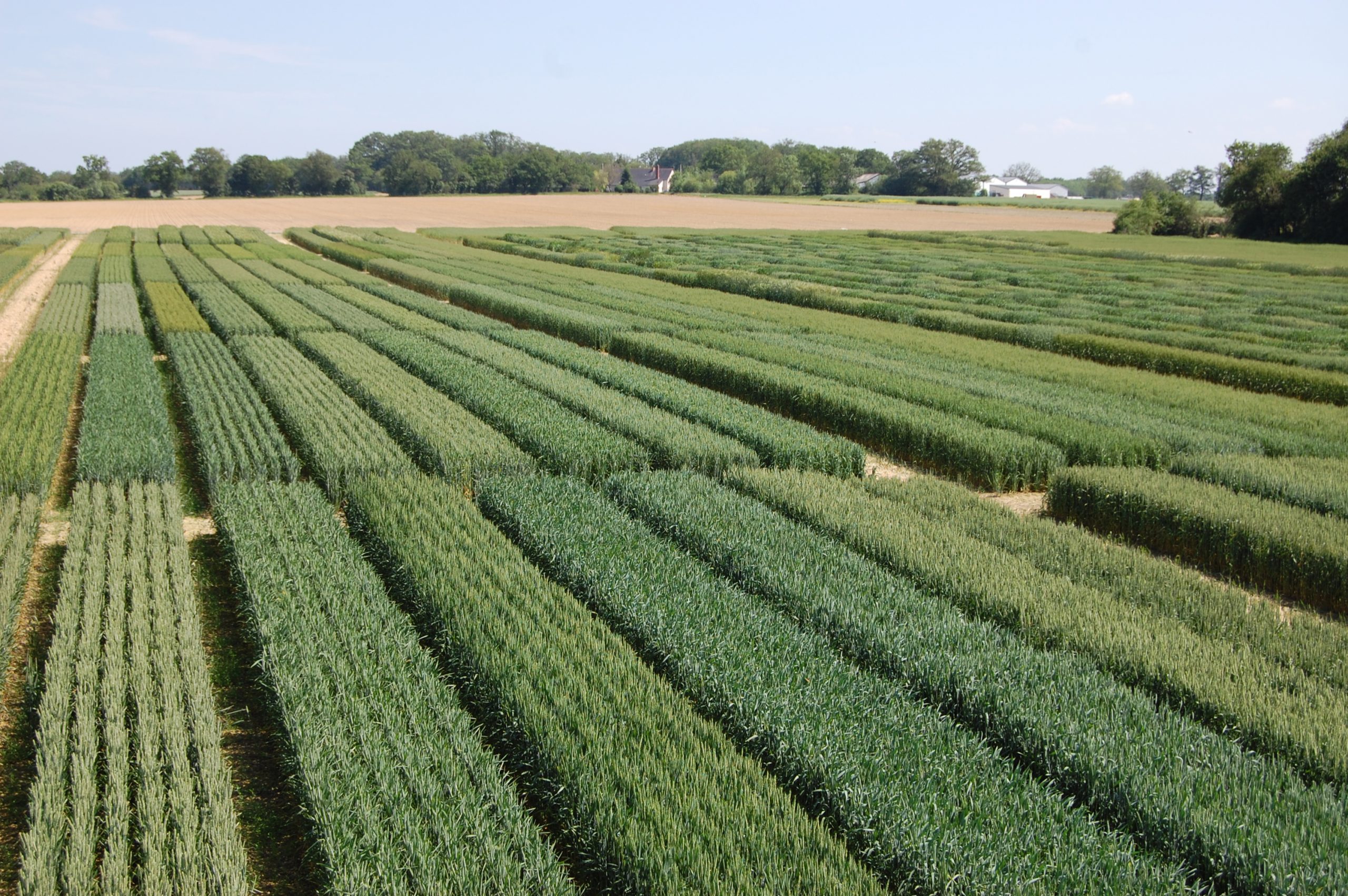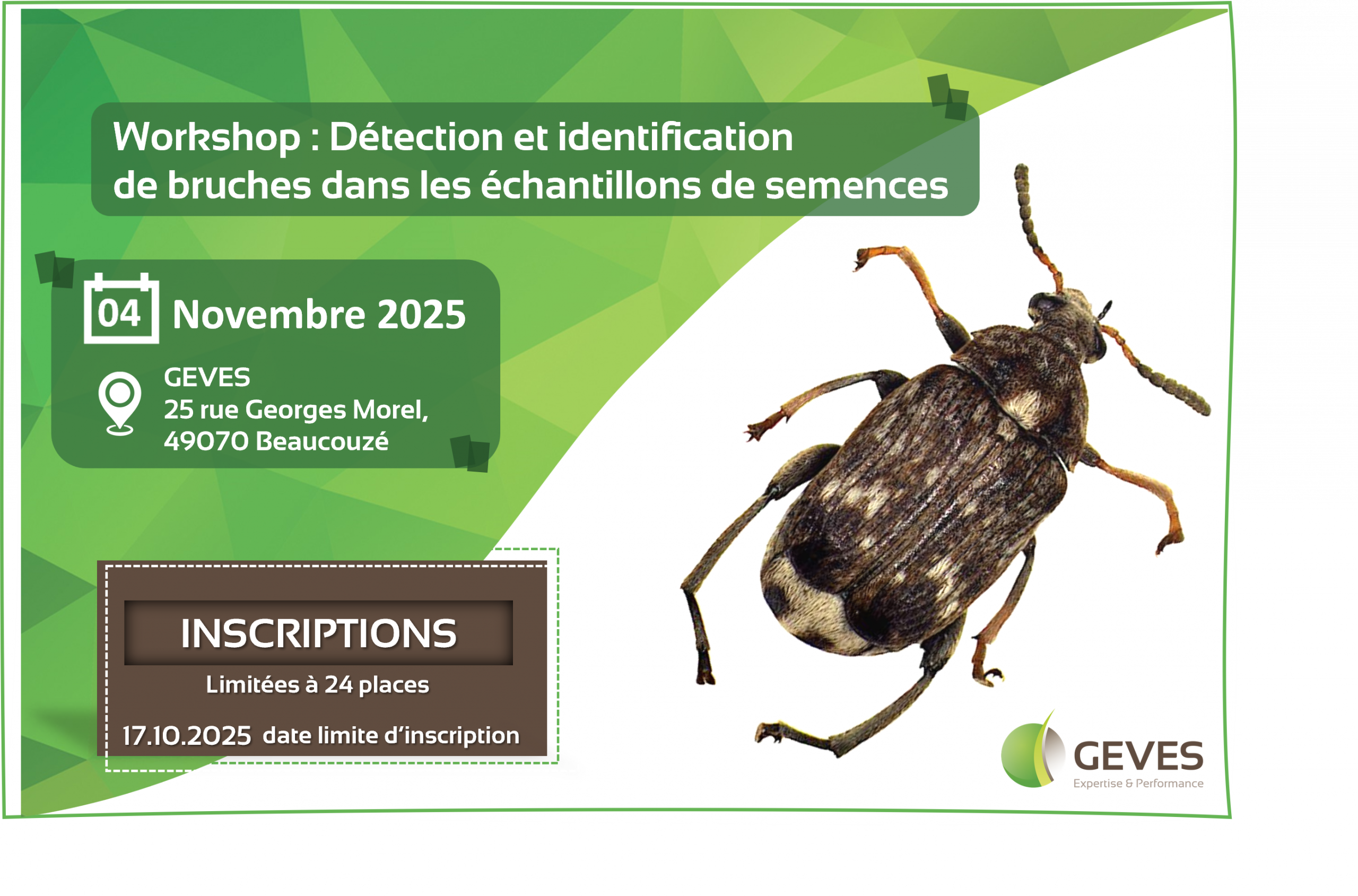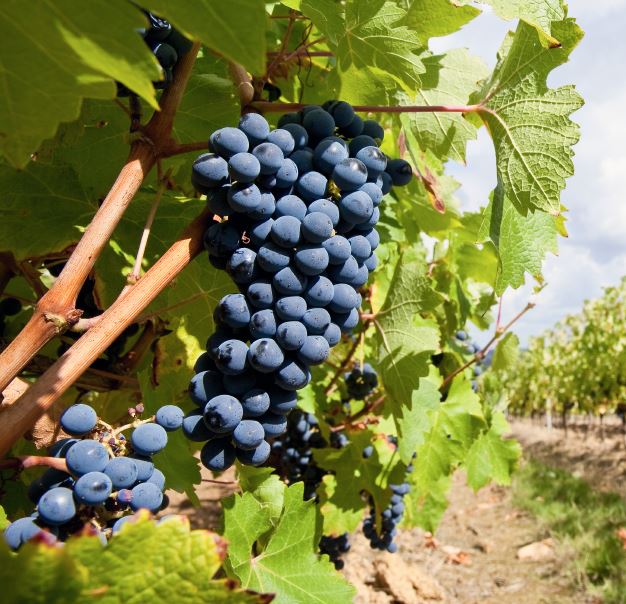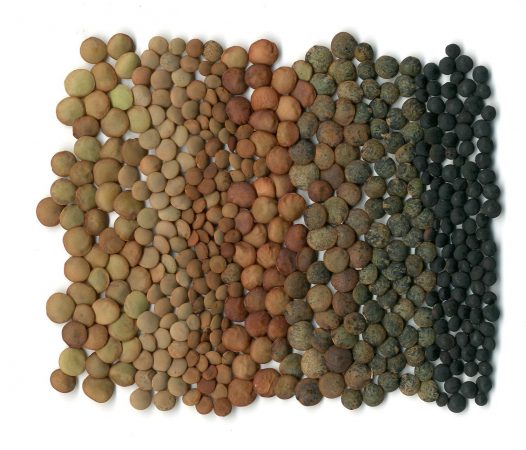
Lentil Day – Results of the RésiLens project
Thirty participants met on 9 June to find out the results of the RésiLens project led by INRAE-UMR Agroécologie in Dijon. This project, financed by the ‘Agricultural and Rural Development’ fund (CasDAR), brings together nine teams in four different entities: INRAE, GEVES, ANILS and Agri Obtentions. It aims to identify sources of resistance to bruchids and root rot agents in lentils, based on a collection of plant genetic resources.
GEVES is involved in several areas: supply of accessions from the collection of plant genetic resources conserved at its Brion unit, development of methodology for detecting bruchids in seeds using tomography (3D radio), and participation in the steering committee.
The meeting on 9 June 2022, at the INRAE site in Bretenière (21), enabled the participants to present the progress made in the project, which began in 2019. The diversity of actors present (breeders, researchers, farmers, industry players, etc.) allowed for rich discussions illustrated by the speakers’ presentations and the visit of field trials.
The results made it possible to characterise the genetic diversity of the accessions provided for the project using molecular analysis, to identify the main pests responsible for root rot and to define the main species of bruchids attacking the crop.
The final results, expected by the end of the year, should make it possible to identify the accessions that are least susceptible to these pests.
